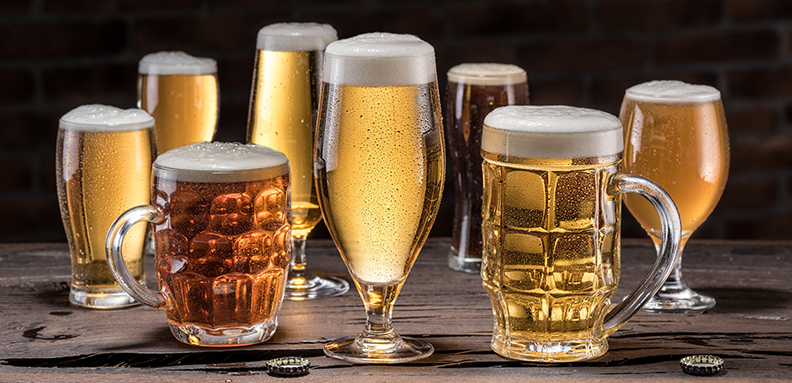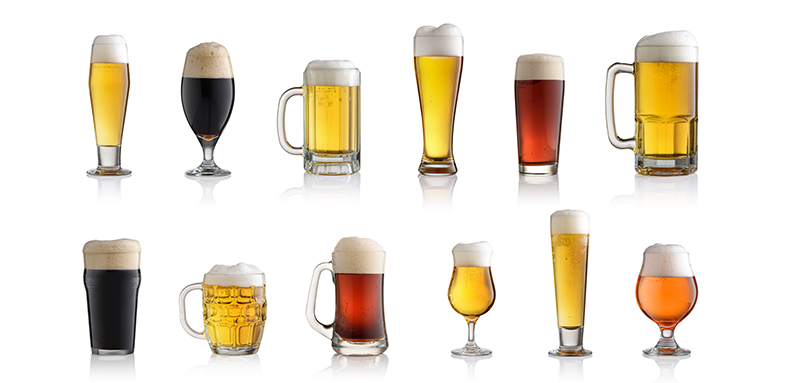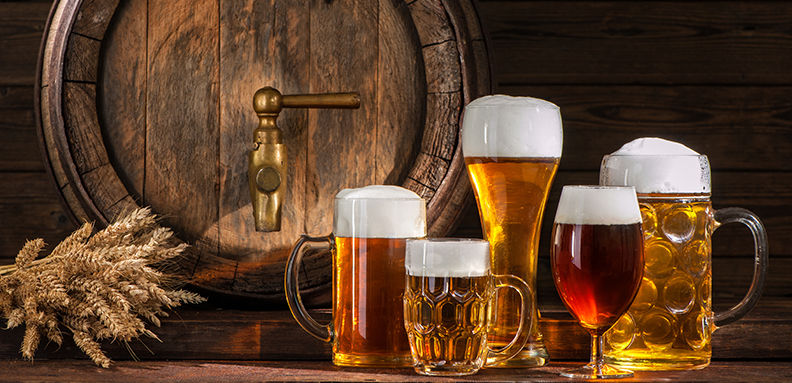


THE WORLD OF BEER MUGS
 Poured by
Marija Miteva
Poured by
Marija Miteva 


There are many inventions in the world to which no one pays that much attention. Some basic and usual things we take for granted, we never manage to understand their true value. Today we cannot imagine a world without electricity, without Internet, without technology. But have you ever wondered who had the extraordinary idea to make a glass? To whom should we be grateful today? We cannot find such data, but of course, it was first made of a sudden need, and then the glass gets its titles (royal glass, holy glass, plain, porcelain, glass).
Old archives say that glasses were first made about 5,000 years ago in western Asia, Egypt and Mykena, Crete. The oldest glasses were not made of glass, but of some stone-mineral “Lazus lasuli” which is easily processed when it’s heated. In addition, they were decorated with precious stones that were used as ornaments carried by the Pharaohs, the tombs were decorated with them and many other special purposes.
Transparent glasses began to be made around the eighth century BC and it opens a new dimension of enjoying the visibility of the drink in the glass. Until the end of the Victorian era, it was not served in modern glassеs, but the guests in the catering facilities were served in clay or ceramic non-transparent glasses and plates. This innovation was great to improve hygiene and service in the pubs, and the visitors became more aware of what they consume and hence began the beer modern history of the glasses.
With the first mass production of glass bricks, the Brewery Company in England produced mugs with the inscription “BEER IS THE BEST”. Then the high mug with recesses comes to the stage, which was ideal for serving dark beer in the smoky bars.
At the request of the customers, the big ribbed mugs are replaced with lighter glasses, protruded few inches at the top, thereby reducing the problem of breaking in group wash of glasses.
Today, for example, almost all Belgian breweries produce their own branded glasses, which are served in bars and cafes and make the whole experience more enjoyable.
The glasses have unified sizes:
- Imperial Pint = 568ml
- US Pint = 473ml
- Metric Pint = 500ml (informal measurement term)
Dimple mug- Imperial Pint
A typical British Pint mug that has unfortunately been out of fashion in recent years, but in some pubs you can still find them and it will be pleasure to serve you carbonated bitter beer. This mug is made of glass that is really difficult to break, and you can easily cover it with the hand – and it makes you feel that you drink beer in an “appropriate” glass!
Krug / Seidel (Stein) – 500ml / 1l +
This is a classic German mug and it comes in several different forms. Often made with hinges (initially to prevent flies) can be made from ceramics, porcelain, glass, silver and molds. The German term Steinkrug is for the ceramic version, other materials have their own names like Glaskrug (for glass). Glass versions can usually be found without a tin cover and with the name of the brewery engraved on the side.
Maßkrug / Seidel – 1l
This mug is commonly used at Oktoberfest celebrations. When made of glass it is called Seidel, and Maßkrug when it is made of ceramics. Although this style of mugs is used to keep about a liter and a half, now standardized to 1 liter, with a space for beautiful thick foam. This is a classic glass for drinking large quantities of Märzen and, of course, Oktoberfest beer.
Pilsner mug / flute 330ml
From this type of glasses there are two versions: the first one is a slender cone and the other one is short, but always with a round bottom and can fit 330ml, but sometimes it is slightly larger than that, to fit the taste and requirements of the Europeans. A wonderful experience with a sip of beer.
Weissbier mug – 500ml (Germany) 330ml (Belgium)
A specific rounded version of Pilsner glass that keeps the flavors of many German and Belgian wheat beers. American and Canadian smaller breweries that make their own version of wheat beers also serve it in these ergonomically rounded glasses.
Tulip mug
This is popular in the Belgian Golden Alesh and is perfect for dispensing and serving these powerful but refreshing beers. This is also great for Imperial or for strong aromatic beers.
At the end of the day, no matter what, MANY MUGS! Beer’s enjoyment is always greater in a proper glass and great company! So let yourself enjoy the right way and always share it with your friends!
Cheers!









